10 Warning Signs of a Broken Organizational Culture
By Vincent Mirabelli
We’ve all likely been there; a workplace that feels…off.
Something is wrong, like you’re in the “Upside Down”; things look the same, but feel totally different. Worse, you’re starting to feel the effects of that “off-ness”…which can manifest in a number of physical and mental ways, but can be summarized best with the “Sunday Night Dreads”, a phenomenon where you start to experience fear and despair on Sunday evening, knowing what you have to face Monday morning at work.
A broken organizational culture can manifest itself in various ways. Here are some common signs that may indicate a dysfunctional or unhealthy culture within an organization:
1. Lack of clear values: When an organization’s values are unclear or not consistently communicated, it can lead to confusion, inconsistency, and a lack of direction among employees.
2. Poor communication: Frequent breakdowns in communication, such as a lack of information sharing, ineffective feedback processes, or a top-down communication approach, can indicate a broken culture. This can lead to misunderstandings, silos, and reduced collaboration.
3. Low employee morale: A toxic or dysfunctional culture often results in low employee morale. Signs of this include high employee turnover, absenteeism, disengagement, or a general lack of enthusiasm and motivation.
4. Lack of trust: In organizations with a broken culture, trust between employees and leaders may be compromised. This can result from broken promises, inconsistent decision-making, favoritism, or a lack of transparency.
5. Resistance to change: If there is a strong resistance to change within the organization, it may indicate a culture that is resistant to innovation, new ideas, or necessary adaptations. This can hinder growth and competitiveness.
6. Blame culture: A culture that promotes blaming and finger-pointing rather than taking responsibility and learning from mistakes can be detrimental to the organization’s progress. It creates a fear of failure and stifles creativity.
7. High levels of stress: A dysfunctional culture often leads to high levels of stress among employees. This can result from excessive workload, unrealistic expectations, micromanagement, or a lack of work-life balance.
8. Lack of diversity and inclusion: If an organization does not value diversity and inclusion, it can indicate a broken culture. A lack of diverse perspectives and an exclusionary environment limit creativity, innovation, and overall organizational success.
9. Poor leadership: Leadership plays a crucial role in shaping organizational culture. If leaders demonstrate unethical behavior, lack of accountability, or inconsistency in decision-making, it can contribute to a broken culture.
10. Limited employee development opportunities: When an organization fails to provide opportunities for learning, growth, and career development, it can lead to employee stagnation and dissatisfaction, indicating a broken culture.
It’s important to note that these signs are not exhaustive, and the presence of one or more indicators does not necessarily mean an organization has a completely broken culture. However, they can serve as warning signs that prompt leaders to assess and address any cultural issues that may exist.



